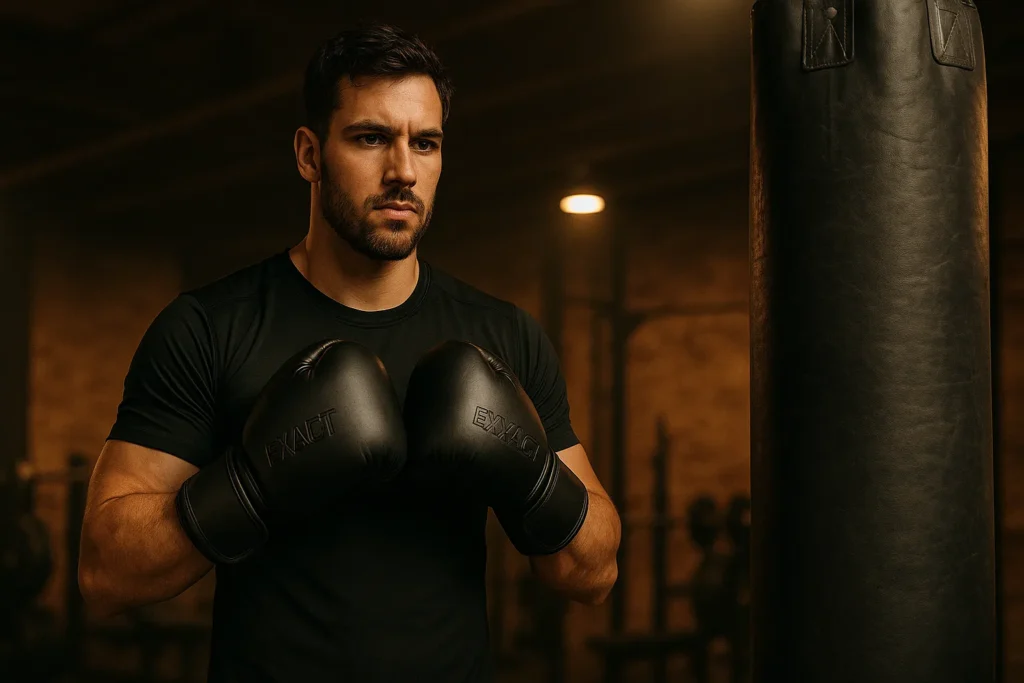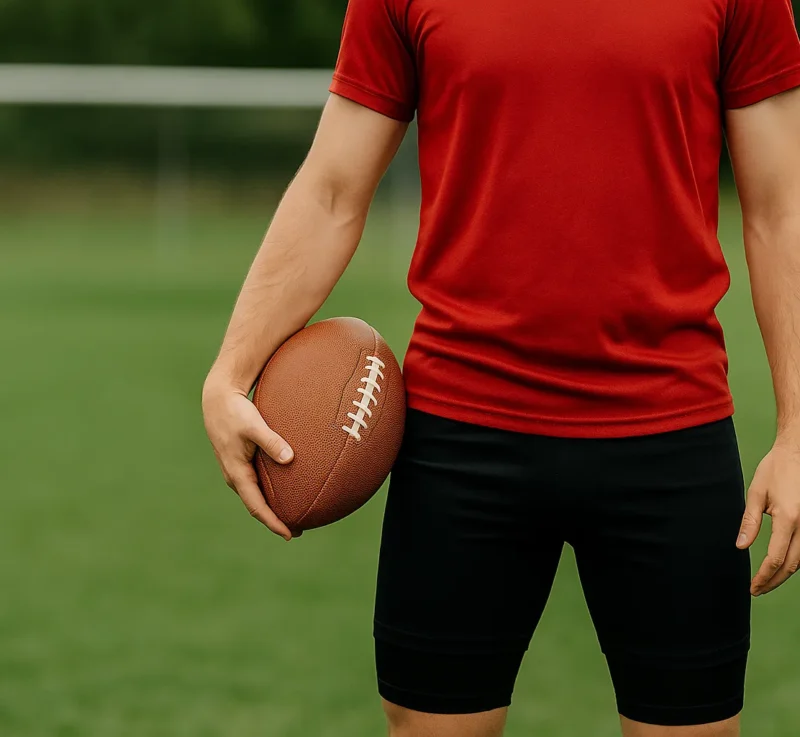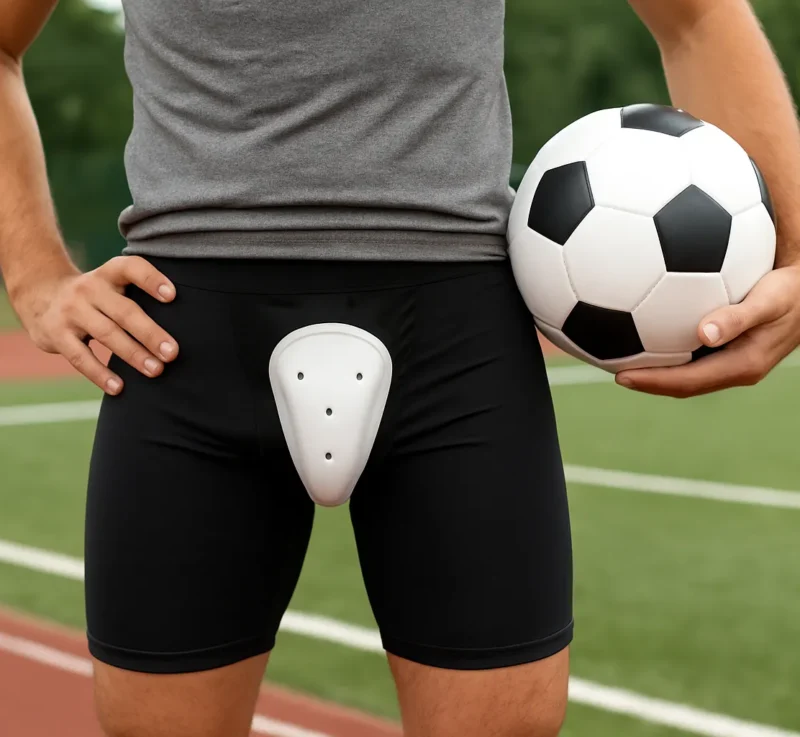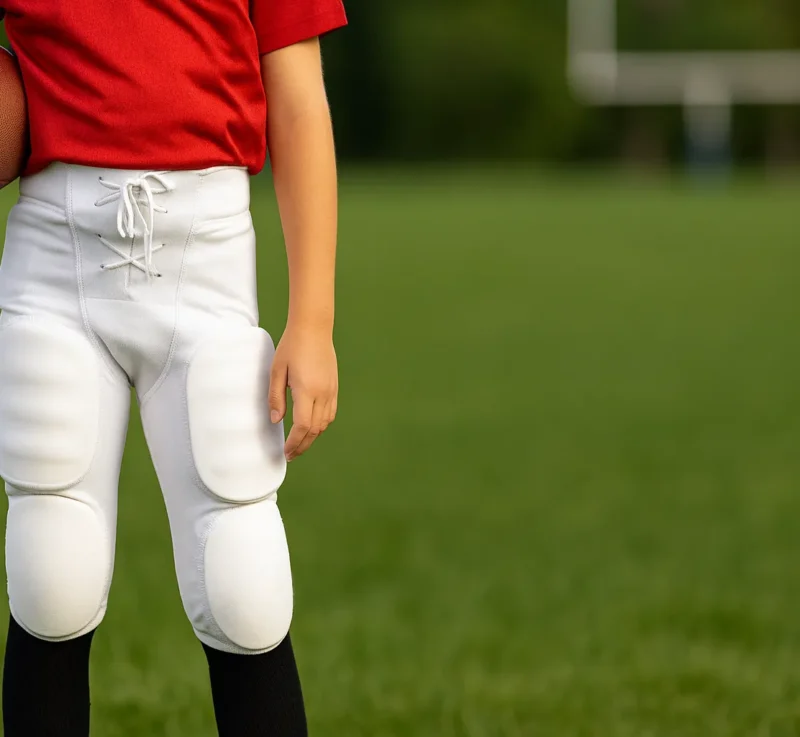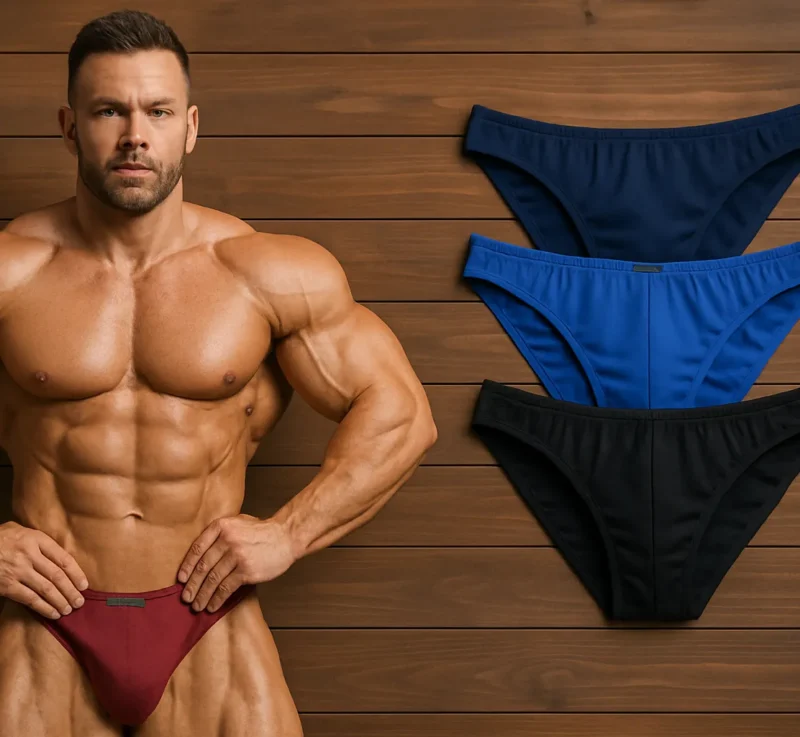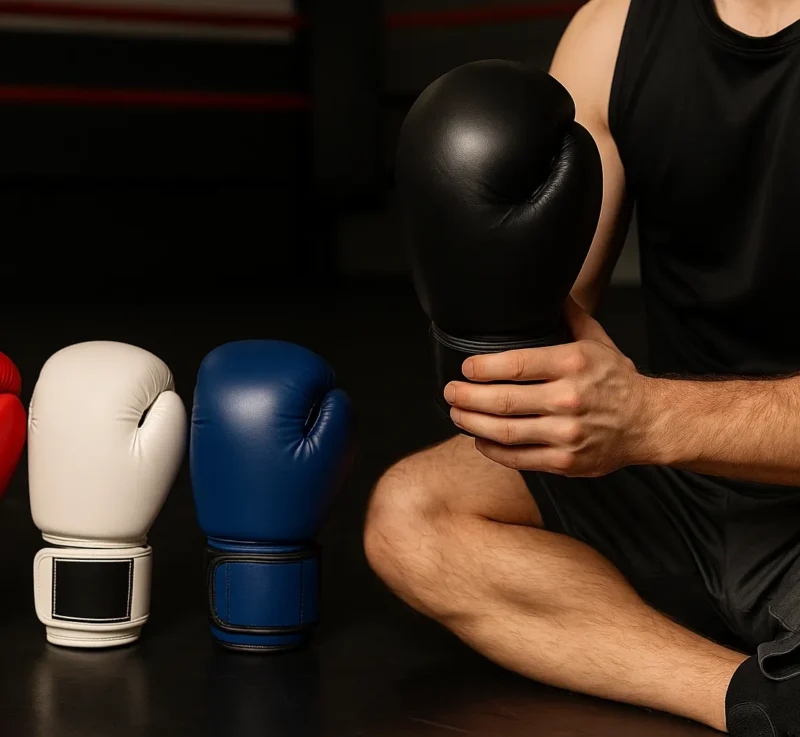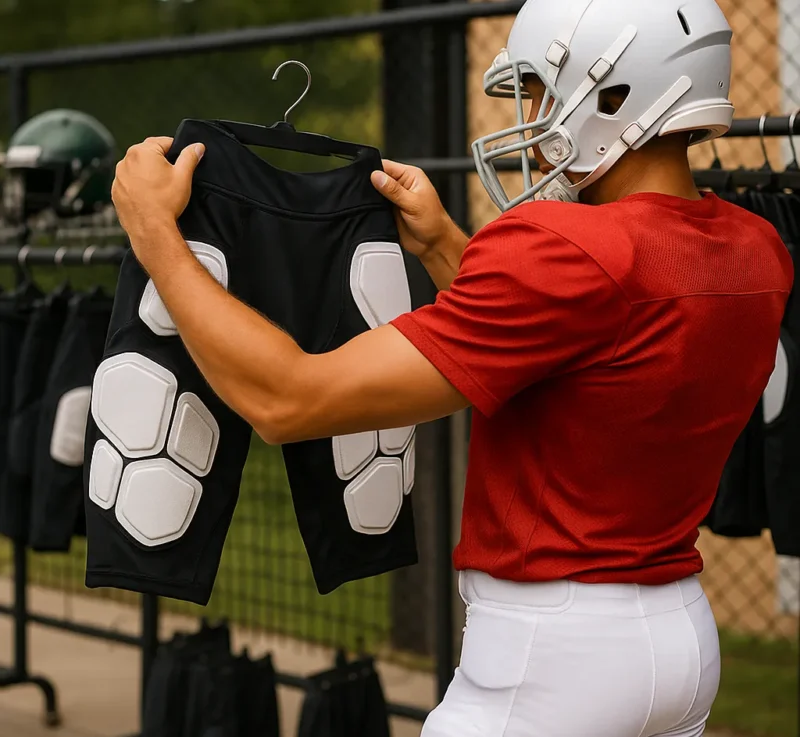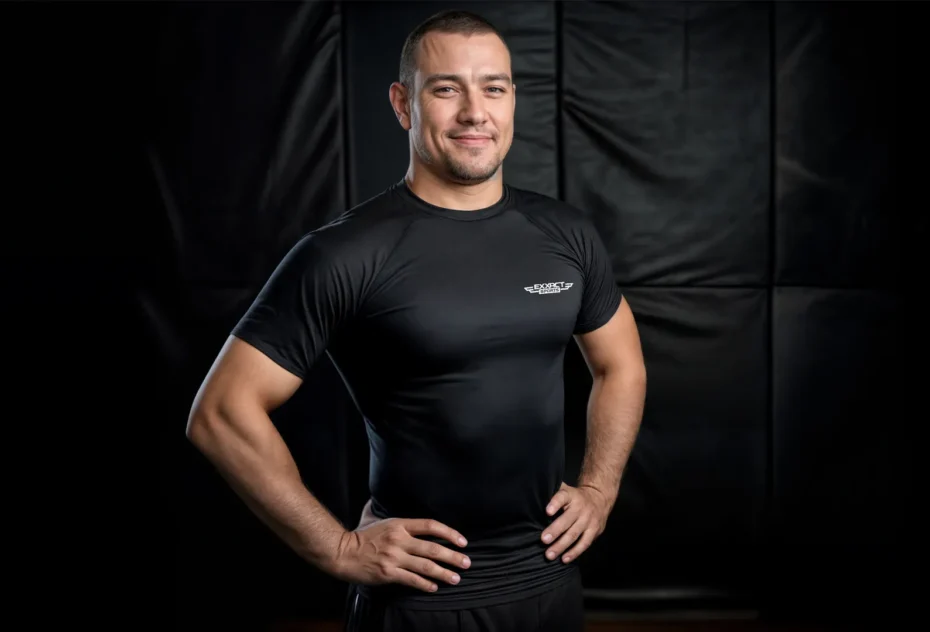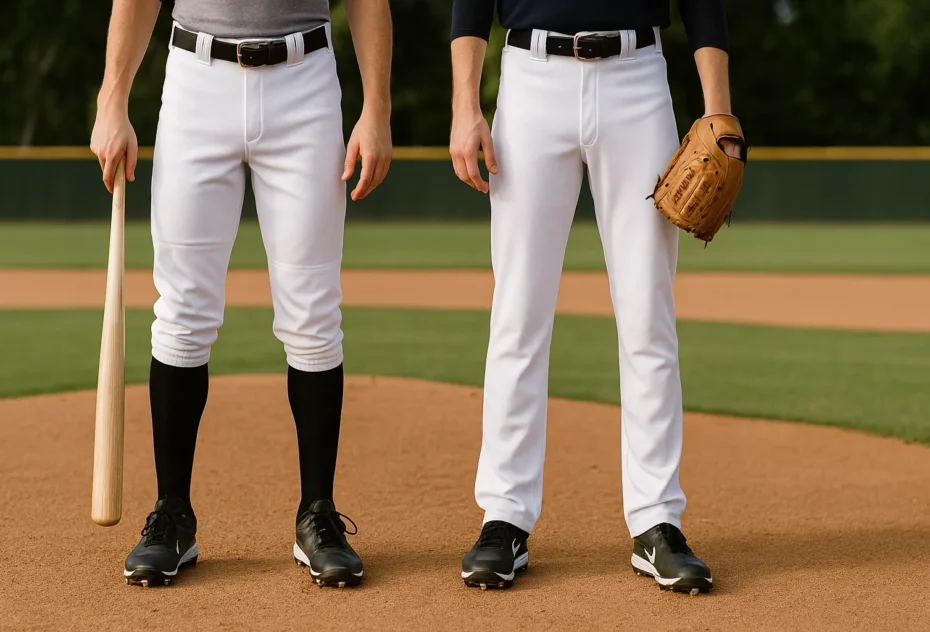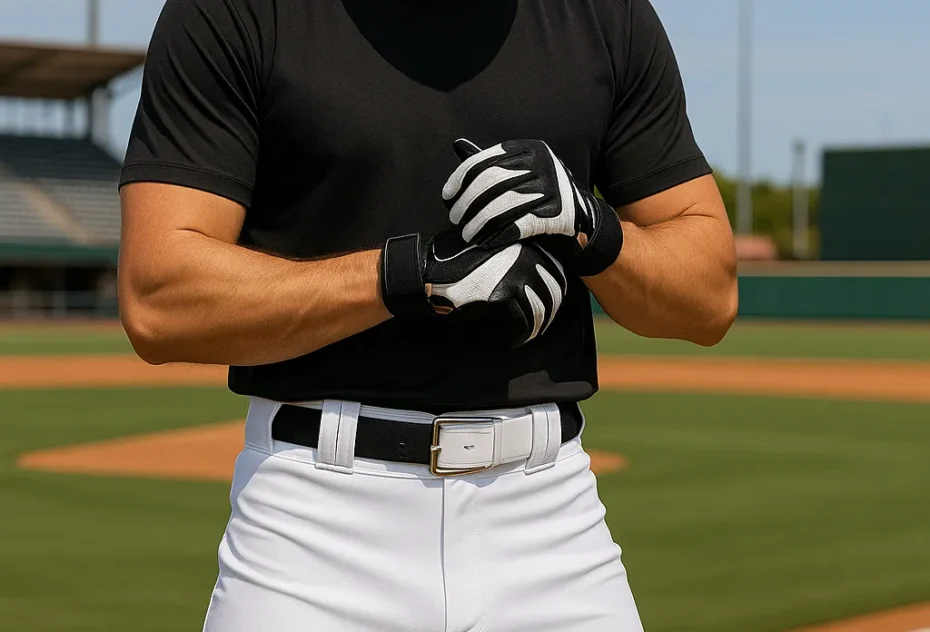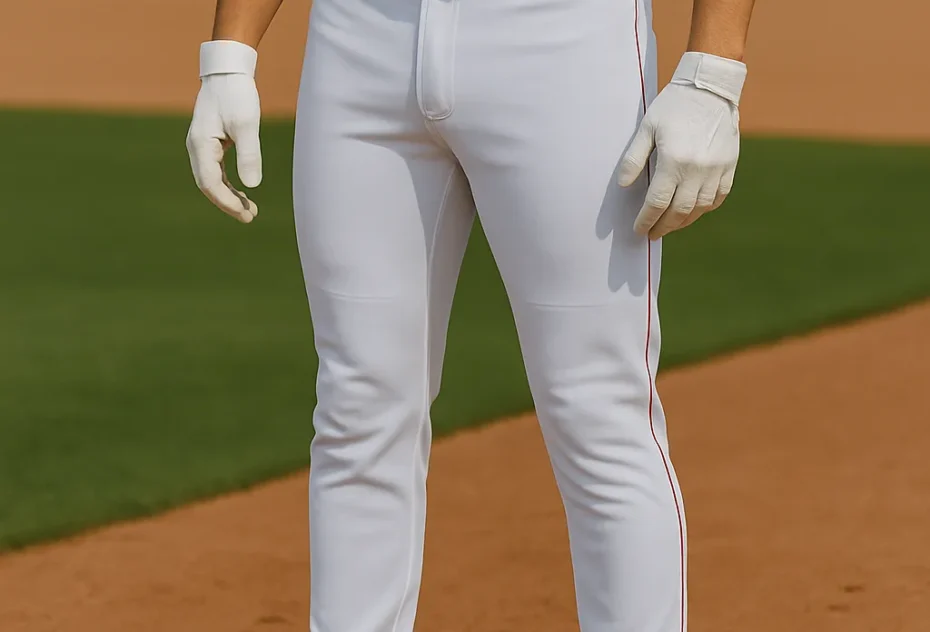In the world of boxing, having the right pair of gloves is paramount. Whether you’re a seasoned fighter or just starting your journey, the perfect pair of boxing gloves can significantly enhance your training experience and performance. However, with a plethora of options available, choosing the right gloves can be a daunting task. This comprehensive guide aims to simplify that process by exploring the various types of boxing gloves, the materials they are made from, and the key features to consider.
From understanding the differences between training gloves, bag gloves, and sparring gloves to delving into the importance of materials like leather and synthetic fabrics, this guide covers it all. We’ll also highlight essential factors such as fit, padding, and wrist support, ensuring you make an informed decision. To top it off, we’ve curated a list of the top 10 boxing gloves on the market, helping you find the perfect pair to suit your needs and preferences. Whether you’re a beginner looking to invest in your first pair or an experienced boxer seeking an upgrade, this guide is your ultimate resource for finding the best boxing gloves.
How to choose the right boxing gloves
Choosing the right boxing gloves is a crucial step in ensuring optimal performance and safety during your training or competition. The first factor to consider is the intended use of your gloves. Are you primarily focusing on sparring, competition, or heavy bag work? Each of these activities requires different types of gloves. Sparring gloves, for example, are designed with extra padding to protect both you and your partner, while competition gloves are lighter and offer less padding for maximum speed and power. Heavy bag gloves are specifically designed to withstand the impact of hitting a heavy bag, often featuring dense foam padding for durability.
Next, selecting the right size is essential for a comfortable and secure fit. The size of your boxing gloves should be based on your hand circumference and weight. Most gloves come in sizes ranging from 8 oz to 20 oz. Lighter gloves (8-12 oz) are generally used for competition, while heavier gloves (14-20 oz) are better suited for sparring and heavy bag work. To find the perfect fit, measure the circumference of your hand just below the knuckles and compare it to a size chart provided by the manufacturer. A well-fitting glove should feel snug but not overly tight.
The material of your boxing gloves is another important consideration. Leather gloves are known for their durability and longevity, making them a popular choice among serious boxers. They tend to mold to the shape of your hand over time, providing a custom fit. However, leather gloves can be more expensive. Synthetic leather gloves, on the other hand, are more affordable and easier to clean but may not last as long as their leather counterparts. Consider your budget and how often you plan to use your gloves when deciding on the material.
Padding and protection are critical factors that affect both your safety and the longevity of your gloves. The level of padding you need depends on your skill level and the intensity of your training. Beginners may benefit from gloves with more padding to protect their hands as they develop proper punching techniques. Experienced boxers might prefer less padding for better speed and control. It’s also important to consider the type of padding—whether it’s foam, gel, or a combination—as each offers different levels of impact absorption and comfort.
Lastly, don’t overlook additional features like wrist support and ventilation. Wrist support is crucial for preventing injuries, especially during intense training sessions. Look for gloves with adjustable wrist straps or lace-up closures to ensure a secure fit. Ventilation is also important, particularly if you tend to sweat a lot during workouts. Gloves with mesh panels or perforations can help keep your hands cool and dry, reducing the risk of bacterial buildup and unpleasant odors. By considering these additional features, you’ll enhance both your comfort and performance in the ring.
Different types of boxing gloves
Choosing the right pair of boxing gloves involves understanding the different types available, each designed to cater to specific training needs and preferences. One of the primary distinctions lies in the fastening system: lace-up and velcro. Lace-up gloves provide a customizable, secure fit, making them ideal for competition where maximum wrist support is crucial. However, they require assistance to put on and take off, which can be inconvenient for solo training sessions. In contrast, velcro gloves offer convenience and ease of use, allowing for quick adjustments and removal. They are often preferred for training and sparring due to their practicality.
The materials used in the construction of boxing gloves significantly impact their durability, comfort, and cost. Leather gloves are renowned for their longevity and ability to mold to the hand over time, providing an unparalleled fit and feel. While they are more expensive, they are a worthwhile investment for serious boxers. Synthetic leather gloves, on the other hand, are more affordable and easier to maintain, making them a popular choice for beginners or those on a budget. However, they may not offer the same level of durability as their leather counterparts.
Padding is another critical aspect that distinguishes different types of boxing gloves. The level and type of padding directly influence hand protection and comfort. Foam padding is commonly used for its ability to absorb impact and disperse shock evenly. Gel padding offers superior shock absorption but can be less durable. Some gloves feature a combination of foam and gel to provide a balance of impact absorption and longevity. The choice of padding often depends on the boxer’s skill level and the intensity of their training.
Glove weight is an essential factor that varies based on the intended use. Lighter gloves, typically ranging from 8 to 12 ounces, are designed for competition and speed work. They offer less padding but allow for faster movement and greater precision. Heavier gloves, ranging from 14 to 20 ounces, are suited for sparring and heavy bag work. These gloves provide more padding and protection, reducing the risk of injury to both the boxer and their training partner. Selecting the appropriate glove weight is crucial for ensuring safety and optimizing training effectiveness.
Lastly, the diverse styles of boxing gloves cater to different boxing needs. Bag gloves are specifically designed for heavy bag work, featuring dense padding and a compact design to protect the hands during high-impact training. Sparring gloves prioritize safety with extra padding to minimize the risk of injury during sparring sessions. Training gloves are versatile and can be used for a variety of training activities, offering a balance of protection and maneuverability. Understanding these styles helps boxers select gloves that are tailored to their specific training requirements, enhancing their overall performance and safety.
What to look for in boxing gloves
When selecting the perfect pair of boxing gloves, several essential factors must be considered to ensure they meet your specific needs and provide the necessary protection. The material choice is a crucial aspect, as it directly influences the gloves’ durability, comfort, and cost. Leather gloves are renowned for their durability and longevity, making them a popular choice among professional boxers. However, they come at a higher price point. On the other hand, synthetic leather gloves are more affordable and easier to maintain, but they may not last as long as their leather counterparts. Understanding these differences will help you make a decision that aligns with your budget and training frequency.
Padding is another critical element to consider, particularly in the knuckle area. Adequate padding is essential for hand protection and injury prevention, ensuring that the impact of punches is absorbed effectively. Different types of padding, such as foam, gel, or a combination of both, offer varying levels of impact absorption and comfort. It’s important to choose a padding type that suits your skill level and the intensity of your training. For beginners, softer padding might be more comfortable, while experienced boxers may prefer firmer padding for better feedback and control.
The fit of the gloves is paramount to your comfort and performance in the ring. A well-fitting glove should be snug yet comfortable, allowing for free finger movement without feeling too tight. An ill-fitting glove can lead to discomfort, reduced mobility, and even injury. Proper fit ensures that the gloves stay securely on your hands during intense workouts or sparring sessions. To determine the right size, measure your hand circumference and refer to the manufacturer’s size chart.
Lastly, consider the type of closure the gloves offer. Lace-up gloves provide a secure and customizable fit, making them ideal for competition bouts where the gloves are often taped on. However, they require assistance to put on and take off. Hook-and-loop (Velcro) closures, on the other hand, offer convenience and ease of use, allowing you to adjust the fit quickly and independently. They are popular for training and sparring sessions due to their practicality. Both types have their advantages, so choose the one that best suits your training and competition needs.
By carefully considering these factors—material, padding, fit, and closure type—you’ll be well-equipped to make an informed decision when purchasing your boxing gloves. Investing in a high-quality pair that meets your specific needs will enhance your training experience and help you achieve your boxing goals.
Our top 10 boxing glove picks
When it comes to selecting the perfect pair of boxing gloves, the options can be overwhelming. To simplify your search, we’ve curated a list of the top 10 boxing gloves that cater to various needs and preferences. Whether you’re a beginner or an experienced boxer, understanding the key features such as material, weight, size, padding, and closure type is crucial. Leather gloves, for instance, are renowned for their durability and longevity, making them a premium choice, while synthetic leather offers a more affordable and easy-to-clean alternative. The weight and size of the gloves play a significant role in both performance and safety; lighter gloves are typically used for competition, whereas heavier gloves are ideal for sparring and heavy bag work.
Padding is another critical aspect to consider, as it determines the level of hand protection. Gloves with foam, gel, or a combination of both provide different levels of impact absorption and comfort, ensuring your hands are well-protected during intense training sessions. The closure type is equally important for a secure fit. Options like Velcro or lace-up closures offer varying degrees of adjustability and convenience. Velcro closures are quick and easy to use, while lace-up closures provide a more customized fit but require assistance to tighten.
Our top 10 picks are meticulously chosen to cater to a wide range of users, from those seeking high-end leather gloves to budget-friendly synthetic options. Each selection is evaluated based on its performance, durability, and user reviews, ensuring you get the best value for your money. Whether you’re looking for gloves with superior wrist support, enhanced ventilation for comfort, or a specific type of padding, our list has you covered. By considering these factors, you can make an informed decision that will elevate your training experience and help you perform at your best.
Conclusion
Selecting the perfect pair of boxing gloves is a critical decision that can significantly enhance your training experience. This guide has provided a comprehensive overview of the various types of gloves available, the materials used in their construction, and the essential features to consider when making your purchase. Whether you are a beginner just starting out or an experienced boxer looking to upgrade your gear, understanding these factors will help you make a well-informed choice.
From the intended use of the gloves to the size and material, each aspect plays a crucial role in determining the suitability of the gloves for your specific needs. Whether you need gloves for sparring, competition, or heavy bag work, knowing what to look for in terms of padding, protection, and additional features will ensure you get the best value for your investment. The curated list of top 10 boxing gloves recommended in this guide further simplifies your decision-making process by highlighting some of the best options available in the market.
This guide aims to empower you with the knowledge to choose the right pair of boxing gloves, thereby enhancing your performance and safety during training. Boxing offers numerous benefits, including improved fitness, stress relief, and self-defense skills. Starting your training journey with a quality pair of boxing gloves is the first step towards unlocking these benefits. Whether you are a seasoned boxer or a novice, the right gloves can make all the difference in your training experience. So, go ahead, make an informed choice, and start your boxing journey today.


